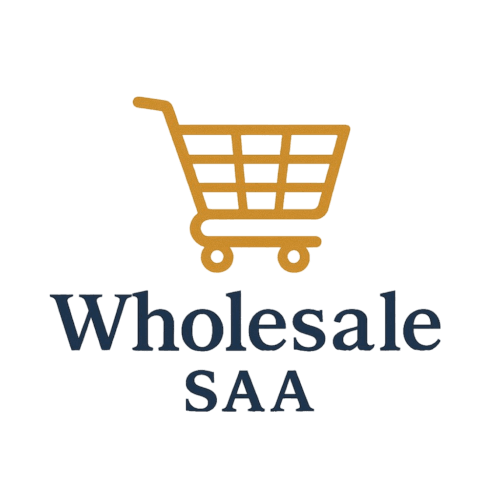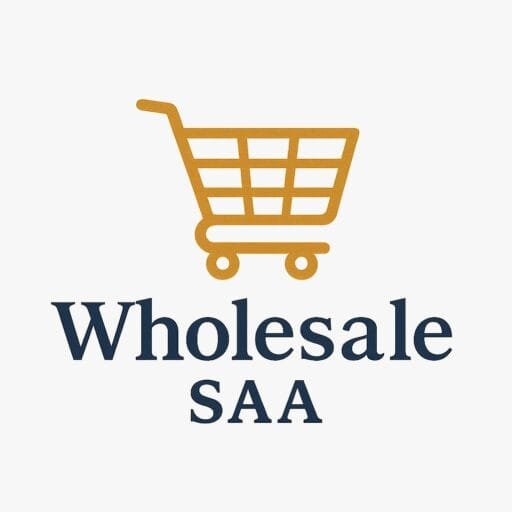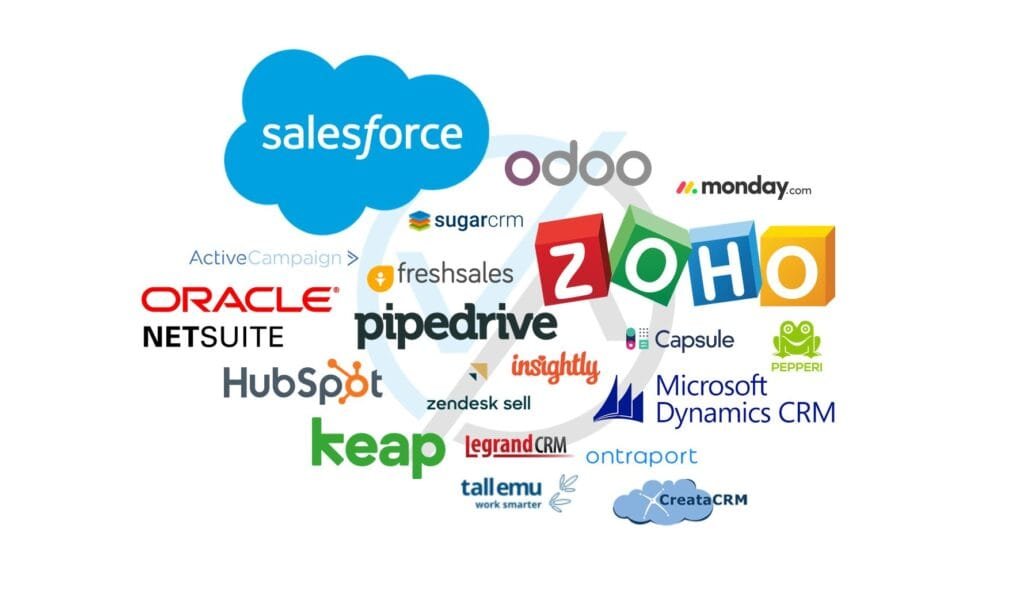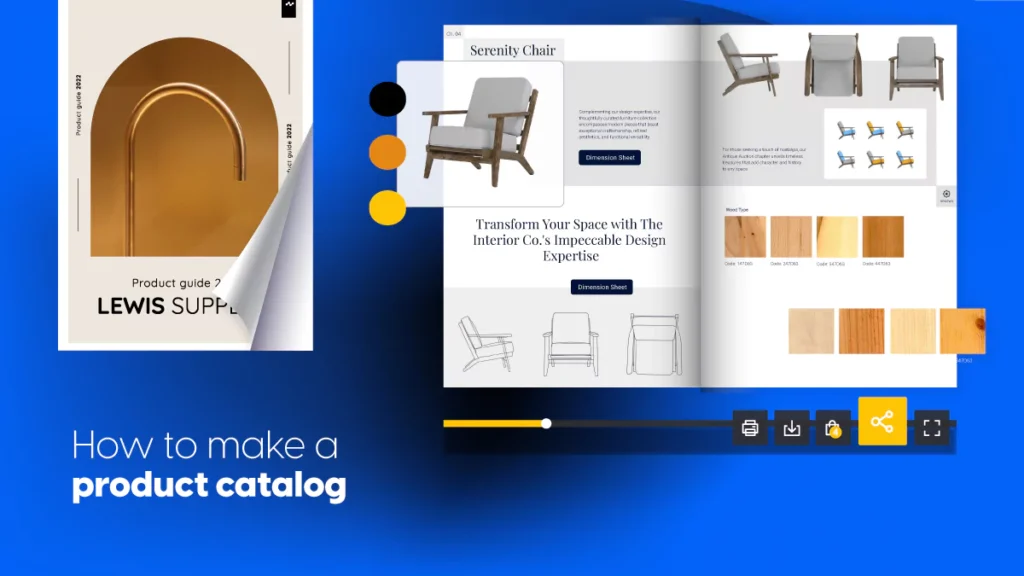In a world where branding is everything, terms like “white label” and “private label” get tossed around constantly, especially if you’re exploring ways to build your product line or expand your business. But if you’ve ever found yourself confused about what each term truly means, you’re not alone. The line between white label and private label can seem blurry at first glance. Yet, the distinctions are crucial whether you’re launching your skincare brand, a line of supplements, or even tech gadgets.
Understanding these two labeling models could mean the difference between a scalable business or a failed brand experiment. More importantly, choosing the right path can determine how much creative control, profit, and customer loyalty you gain in the long run.
In this article, we’ll unpack what white label and private-label products are, explore their differences, examine real-world examples, and help you decide which model makes the most sense for your goals. By the end, you’ll feel more empowered to make branding decisions that align with your long-term vision.
Introduction
Picture this: you’re walking through a grocery store and see a bottle of organic hand soap with your favorite store’s brand on it. That same product, in different packaging, shows up on another retailer’s shelf. That’s either white label or private label, depending on how it was produced and branded.
But here’s the big deal: these models aren’t just for big retailers. Entrepreneurs, bloggers, wellness coaches, and even tech startups use white or private labeling to launch products without the hassle of manufacturing from scratch. It’s fast, cost-effective, and can open new revenue streams.
Still, deciding between the two depends on how much branding power you want and what kind of relationship you want with your supplier. And that’s where this guide comes in.
What Is White Labeling?
White labeling is when a manufacturer produces a product and sells it to multiple retailers or companies wh,o then brand it as their own. The product itself remains unchanged—the only thing that changes is the label and packaging.
Example:
A software development company creates a task management tool. Multiple companies can purchase this tool and brand it as their own under different names. The core functionality remains the same.
Common Industries:
Software and SaaS
Food and beverage
Skincare and beauty
Supplements
Electronics
Key Traits:
Same product sold to multiple brands
Standardized production
Minimal customization
Quick market entry
What Is Private Labeling?
Private labeling, on the other hand, involves products manufactured exclusively for one retailer or brand. The product can be customized in terms of formula, ingredients, design, and packaging, giving the retailer more control over the brand identity.
Example:
A boutique fitness influencer wants to sell protein powder. They work with a manufacturer to create a custom formula, choose the packaging, and market it under their unique brand.
Common Industries:
Skincare
Apparel
Supplements
Specialty foods
Household goods
Key Traits:
Exclusive product design
High brand control
Greater marketing differentiation
Longer development cycle
Best Label Strategy: Start with White Label, Grow into Private Label
This hybrid path often works best for small businesses:
Phase 1: Start with White Label (Low-Risk Entry)
Why?
Low upfront costs
Fast launch time
No need to develop your product
Ideal for testing demand in the market
Best for:
Entrepreneurs testing ideas
Local retailers launching in-house products
Dropshipping or online sellers starting lean
Example:
Start a skincare brand with a trusted manufacturer’s white label moisturizer. Focus on marketing, branding, and building your customer base.
Phase 2: Transition to Private Label (Brand Expansion)
Why?
Full control over product formulation, packaging, and design
Stronger customer loyalty
Higher margins and competitive advantage
You can own your niche
Best for:
Brands that found product-market fit
Wellness, beauty, specialty food, or fashion businesses
Founders ready to invest in long-term growth
Example:
After customer feedback, customize the moisturizer formula (private label) to include a signature ingredient like shea butter or CBD. Create a unique jar design to stand out.
Key Tips to Succeed:
Validate first: Use white label to test demand before investing heavily
Focus on niche: Choose a product category your audience deeply cares about
Don’t ignore packaging: Even with a white label, custom packaging can elevate your brand
Plan for growth: From day one, think about how your white label business can evolve into private-label success
Final Verdict:
Start small, brand smart, and grow boldly.
Use white label for agility and speed. Move to private label when you’re ready to scale with a signature identity.
The Business Impact of Each Model
Choosing between white and private labeling isn’t just about logistics—it shapes your business identity, pricing strategy, and customer loyalty.
Branding Power
Private labeling lets you build a unique brand identity, offering more differentiation in a saturated market. White labeling, while less unique, is ideal for fast entry and tapping into proven formulas.
Profit Margins
Private label products tend to have higher profit margins because of the perceived exclusivity and premium branding. White label products, on the other hand, often compete on price.
Marketing Approach
White label products require creative marketing to stand out among identical offerings from competitors. Private label products, being exclusive, give you more storytelling and brand-building freedom.
Pros and Cons of White Label
Pros:
Quick Market Entry: You can start selling almost immediately
Lower Investment: No need for product development
Proven Products: These are often already tested and optimized
Cons:
Limited Differentiation: Many others may sell the same product
Less Brand Loyalty: Customers may find the same thing elsewhere
Low Innovation Potential: You can’t tweak the product itself
Pros and Cons of Private Label
Pros:
Full Brand Control: From packaging to formula, it’s all yours
High Brand Loyalty: Customers associate the product uniquely with your brand
Higher Margins: Perceived value can justify premium pricing
Cons:
Higher Investment: Custom development and packaging cost more
Longer Launch Time: R and D, design, and approval processes add up
More Risk: If the product fails, losses can be significant
Which One Should You Choose?
Choosing between white label vs private label depends on your vision, resources, and how you want your brand to be perceived.
Choose White Label If:
You want to test a product idea quickly
You have limited capital and want to start lean
You’re focused on generic products like cleaning solutions or tech accessories
You plan to compete on price or convenience
Choose Private Label If:
You want full control over the product and brand
You’re building a long-term business with a strong brand identity
You’re targeting niche or luxury markets
You want to justify premium pricing through uniqueness
Think of white label as the fast-food version of product development—quick, standardized, and accessible. Private label is more like fine dining—crafted, personal, and often more rewarding.
Final Thoughts and Conclusion
White and private labels may seem like industry jargon, but their implications are massive for any entrepreneur or brand builder. Whether launching a tech platform, a cosmetics line, or a gourmet food brand, your labeling choice impacts your timeline, budget, branding, and customer relationships.
White label is your fast lane, a great way to test the waters or build a simple, scalable business. Private label is your power play—the route to owning your product story from top to bottom.
Neither is inherently better; they just serve different needs.
What matters most is this: know your brand, know your customer, and choose the path that helps you deliver the most value with the greatest authenticity. When your product feels aligned with your mission and resonates with your audience, you’re not just selling, you’re building something meaningful.






